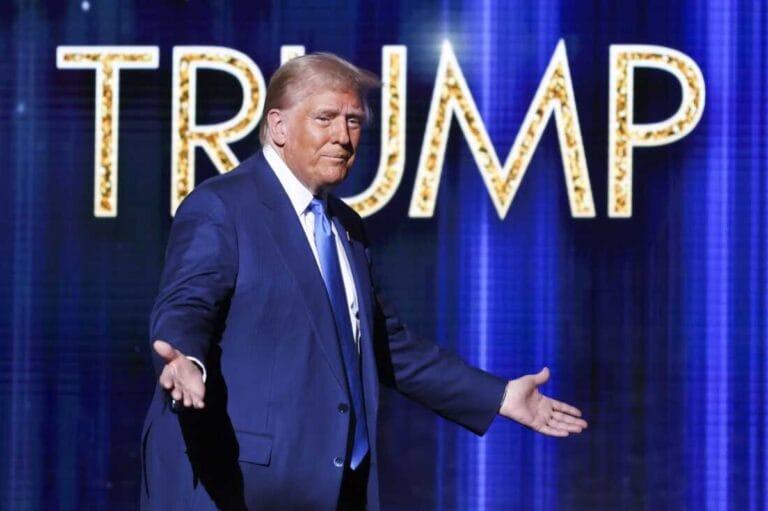🎧 Listen to This Article
US President Donald Trump is planning a two-step approach to impose tariffs, set to begin on April 2, as part of his new trade policy. The regime would use emergency powers to impose tariffs while trade investigations continue immediately.
In discussions within his administration, Trump is weighing using the International Emergency Economic Powers Act or Section 338 of the Tariff Act of 1930 to impose tariffs of up to 50% on trade partners. This comes as the administration plans to raise funds for future tax cuts.
Trump has already hinted at potential tariffs on vehicle imports, drawing on national security concerns similar to his previous term’s global car industry investigation. Despite internal debates, the administration is also exploring Section 301 investigations into trade practices while applying tariffs as an interim measure.
The move could significantly impact trade relations with countries like China and the EU, as nations push for exemptions or concessions ahead of the new measures. Discussions on softer approaches, such as adjusting taxes on US tech companies, are ongoing.
Trump’s broader tariff strategy has been unpredictable, from blanket steel and aluminium tariffs to earlier rollbacks. However, the new tariff regime is seen as a tool to balance trade deficits and boost US revenues to fund tax cuts, with foreign nations already lobbying for breaks.
The final details of Trump’s April 2 tariff plan remain under review, with an aim to reshape global trade relations and strengthen the US economy.
For further details, clarification, contributions, or any concerns regarding this article, please contact us at editorial@tax.news. We value your feedback and are committed to providing accurate and timely information. Please note that our privacy policy will handle all inquiries



